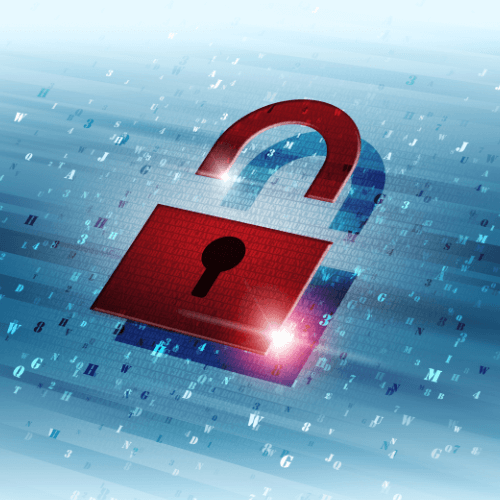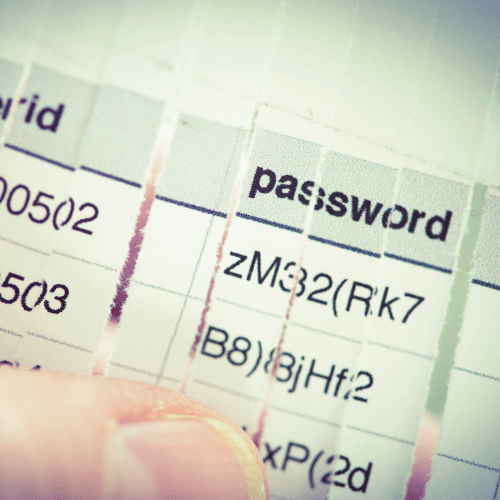One of the most convenient features of macOS is iCloud Keychain, a service that keeps your Safari website usernames and saved passwords, credit card information, and Wi-Fi passwords up-to-date across all devices associated with the same Apple ID if it is running either OS X 10.9 Mavericks and later, or iOS 7.0.3 and later.
After it is activated, any data stored locally on your computer or iOS device is automatically transferred onto the cloud and the servers that Apple uses to store your data, after which it is then exchanged with all authorized devices.
Hence, you’ll always have an up-to-date database of passwords across all the devices that you own. iCloud Keychain is protected by 256-bit AES encryption to store and transmit passwords and credit card information, and also uses elliptic curve asymmetric cryptography and key wrapping – a method of security that ensures all data synced between devices is kept safe.
Keychain access
Before iCloud Keychain there was (and still is) Keychain Access, macOS’s built-in password manager. To avid Mac users, Keychain Access was usually the app that was storing all their online, email or network server passwords, as well as other password-protected items. All passwords stored locally in your keychain were protected by the user login password: if you didn’t have one, that meant the data was unprotected.
As Keychain Access stores your data locally, the only way to keep your data in sync on all devices using this approach is to enter them manually or transfer them via USB stick or the like, a problem that iCloud Keychain solves. The feature lets you share keychains with your other devices in an instant. All device-specific keychains are created and managed from within the iCloud account; you need only activate it.
Just like other, high-quality password managers, iCloud Keychain mainly focuses on keeping your data in sync, while keeping a backup in the cloud so authorized users can recover it in case anything goes wrong (such as losing a device). Just like password management services, iCloud Keychain stores your data locally on your device and updates across approved devices, but it needs to be set up to work that way.
Third party password managers vs Apple’s iCloud Keychain
If we compare Apple’s password manager to third party services, there are a few aspects that put both parties at an advantage, and so the choice depends on the following factors: price, security and ease of use.
iCloud Keychain has the serious benefit of coming directly from Apple and is deeply integrated into macOS and iOS. When it comes to security iCloud Keychain is a robust service, but password managers such as 1Password, LastPass, or Dashlane, on the other hand, provide a much wider reach. Where iCloud Keychains sync is limited to Apple devices, third party services have the advantage of delivering extensions for multiple web browsers and apps for other popular platforms.
But one of the key features that is able to swing the needle one way or the other is ease of use. A password manager system has to be easily accessible for a seamless consumer experience. If not, you may not use it consistently, so it will fail to deliver on its purpose.
iCloud Keychain is great for remembering passwords on web pages and storing those details, and when you visit a website it will automatically display the username and fill the password in for you, at least if you have set it up in Safari Preferences.
The experience is great on both Mac and iOS, although on the latter it is a nightmare to get access to your passwords. Also, if you are looking to access non-web logins, iCloud Keychain becomes useless.
That’s when third party apps step into the picture and fill the gap that Apple isn’t able to with iCloud Keychain, with seamless sync, cross-platform availability and encryption to protect user data. So, if you are looking for a way to sync not just your passwords and credit cards, but app logins, identities, banking credentials, and much more across all your devices, a third party password manager is the right choice. If your password management needs are only related to the web, then iCloud Keychain is more than sufficient.

 Rayssa G.
Rayssa G.
 Mary P.
Mary P.



User feedback